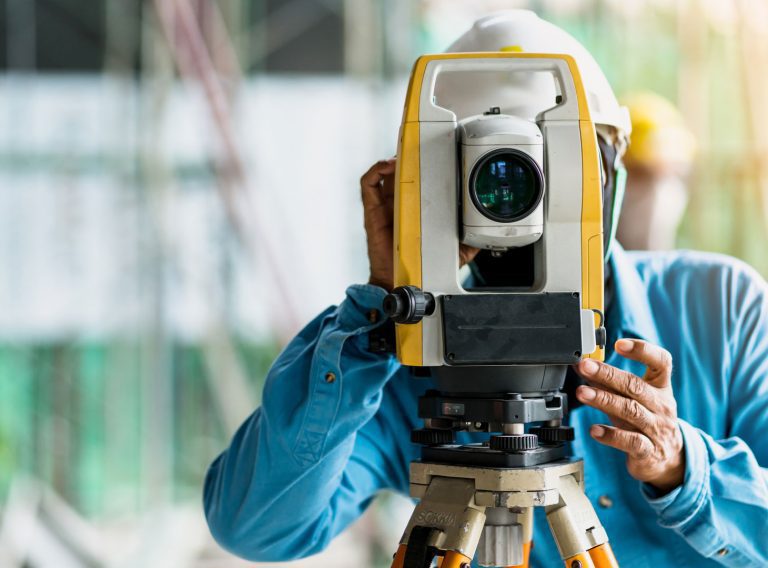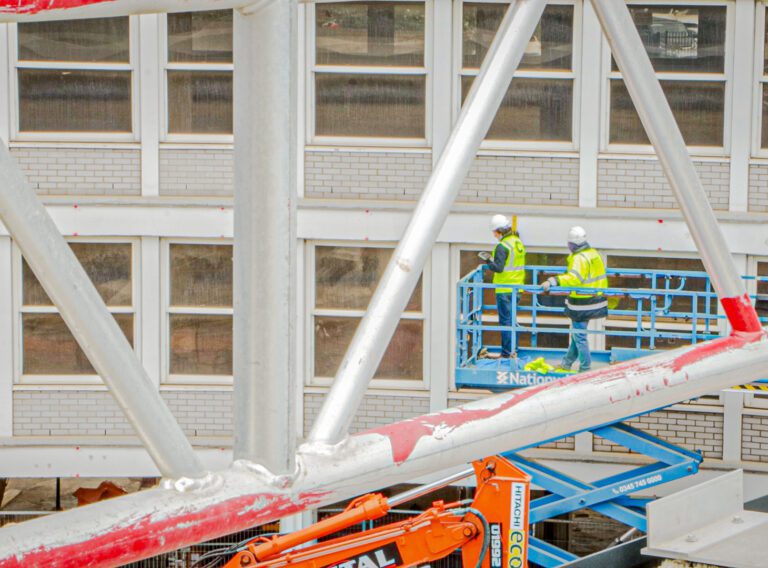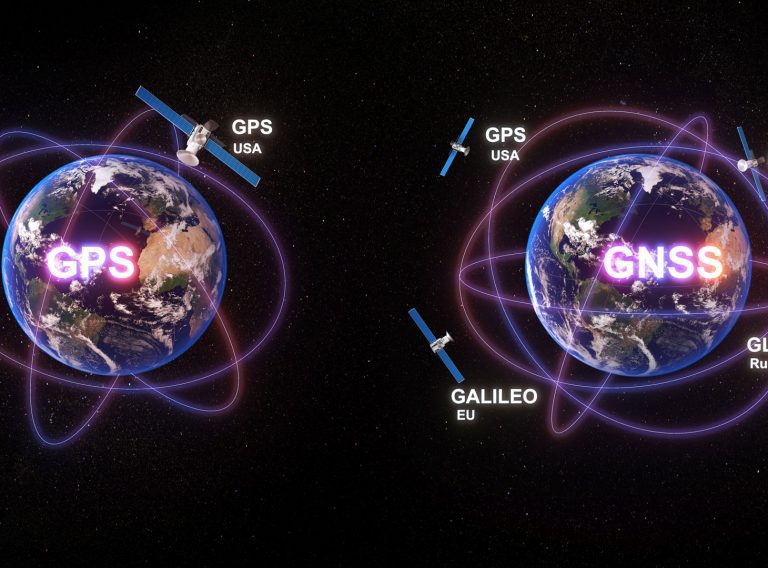
Essential tool in Construction: Utility detection surveys help to alleviate risks
The invisible nature of these vital networks poses challenges during construction and excavation projects – namely, costly utility strikes which involve damage or disruption to an underground utility line.
To mitigate this risk, utility detection surveys have emerged as an indispensable tool in the construction industry.
What is a utility detection survey?
A utility detection survey – sometimes called utility locating, ground penetrating radar or underground utility surveys – identify and map the location of underground services prior to any excavation or construction work taking place.
Often combined with 2D and 3D topographic surveys, it precisely locates buried services like electricity and gas mains, sewers, heating and water pipes, signalling cables, telephone wires and other communication lines.
This provides architects, project teams, building contractors and estate managers with a clear understanding of underground services which may affect their project – enabling them to work with greater confidence.
We recently conducted a utility detection survey for Gresham’s School in Holt, Norfolk, using a Ground Penetrating Radar (GPR) to map underground services and contribute to the overall master plan of their buildings.
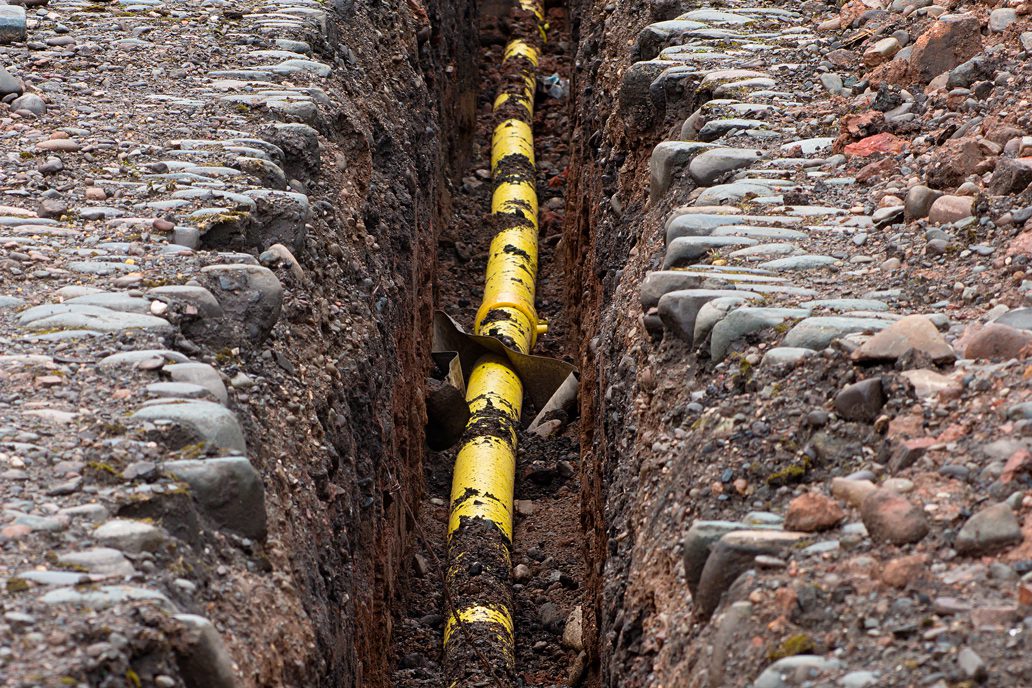

How is a utility detection survey carried out?
Utility detection surveys are carried out using various techniques and specialised equipment, including the latest Electromagnetic Location (EML) and GPR technologies. GNSS (Global Navigation Satellite System) technology receives signals from satellites orbiting the Earth. GPR (Ground Penetrating Radar) and utility detection surveys utilise GNSS radar signals to determine precise geographic locations.
We work with our partners to carry out utilities tracing work using a Ridgid SR60, with an IDS Detector Duo GPR to supplement the SR60 tracing work and map non-metallic gas and water mains.
Utility detection surveys should be carried out in accordance with British Standards Institution (BSI) PAS128 specification, which recommends a methodology to help ensure all utility survey providers deliver their services to a recognised level of quality and accuracy.
All utility detection surveys undertaken by CADS are compliant with the PAS128 specification.
Topographic and GPR surveys enable installation of EV charging points in major Network Rail car parks
Our expert survey team was commissioned by Poise Group to undertake site surveys of 13 car parks operated by National Rail.
Read insightWhy are utility detection surveys so important?
Improved safety
Utility detection surveys enhance safety for project workers and the public by significantly reducing the risk of accidental strikes on underground utilities.
According to an October 2022 government policy paper, the UK experiences around 60,000 accidental utility strikes annually.
Conducting a utility detection survey greatly diminishes the likelihood of striking unknown underground utilities, reducing the potential for injuries, fatalities, project delays and disruptions.
Additionally, accurate identification of utility locations through these surveys enables workers to navigate sites confidently, minimising the risk of accidents.


Minimising disruption
Projects inherently involve disruption, including closed roads or relocations.
However, the risk of more severe interference arises when utility strikes occur. These incidents can lead to issues like water leaks or power cuts – which can also exacerbate the situation if the repair process is prolonged.
By identifying and mapping underground utilities accurately, utility detection surveys empower project teams to navigate potential hazards precisely, thereby reducing disruption.
Reducing unnecessary costs
According to the aforementioned government paper, accidental utility strikes incur an estimated annual cost of £2.4 billion.
This includes repairs and extra costs from service disruption, as well as budget overruns, fines and legal liabilities which can occur as a result of project delays.
Commissioning a survey to uncover buried utility locations can significantly mitigate these costs.
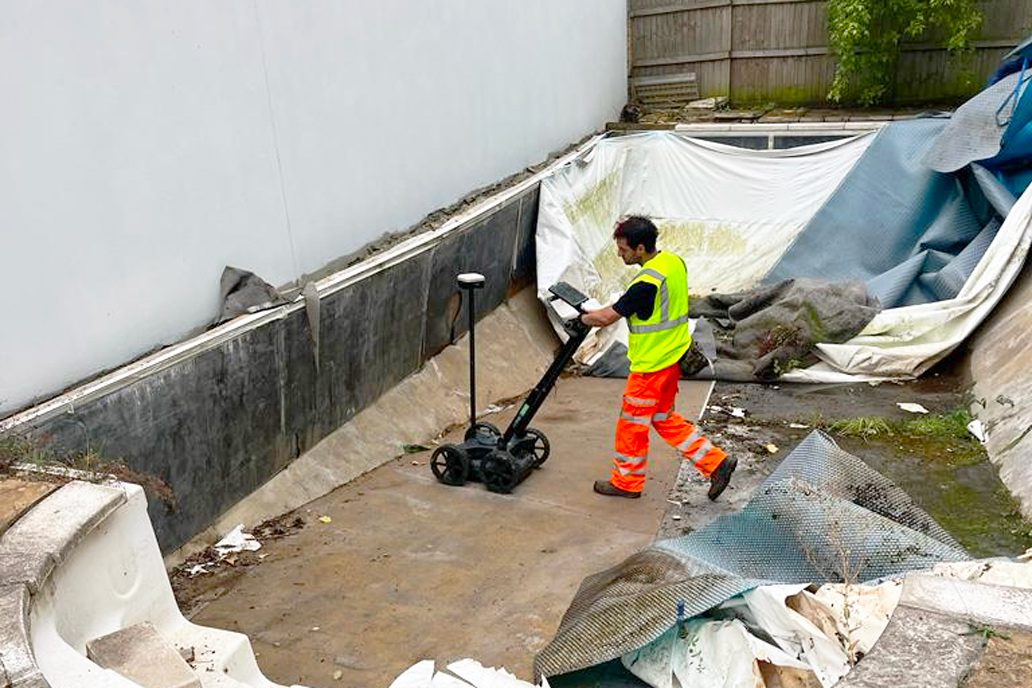
Utility detection surveys are often a quicker and easier way to gain insight into invisible hazards. The sophisticated GPR technology used reduces the need for invasive underground inspections, preventing a time-consuming process which could elongate the project timeline.
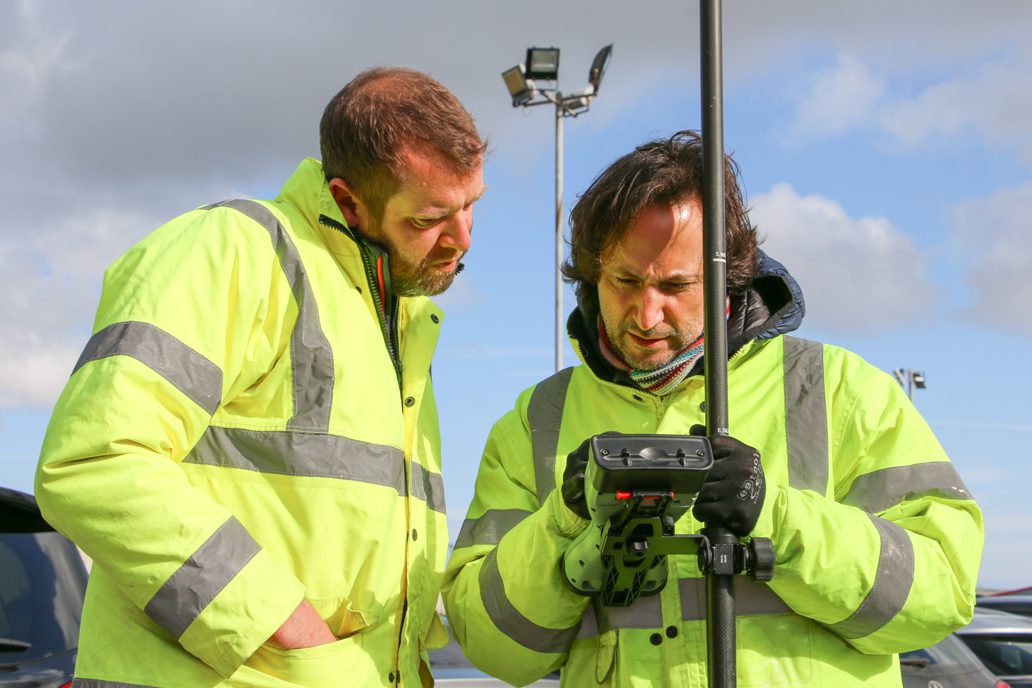
Boosting project efficiency
Clear knowledge of underground utility locations enables project teams to map their work more effectively.
Early identification reduces the risk of unforeseen challenges, delays, and reworks throughout all project stages, enhancing overall efficiency from design to construction.
Also, utility detection surveys are often a quicker and easier way to gain insight into invisible hazards. The sophisticated GPR technology used reduces the need for invasive underground inspections, preventing a time-consuming process which could elongate the project timeline.
Effective planning and design
With precise information on concealed utility locations, project teams can strategically integrate existing infrastructure into their planning and design processes.
Architects find invaluable support in shaping concept and design, while contractors benefit during the meticulous planning and execution of works schedules. Estates and facilities managers gain a crucial resource for anticipating future maintenance or renovation.
This proactive approach averts conflicts, preventing design changes or reworks and ensuring a harmonious progression from concept to completion.
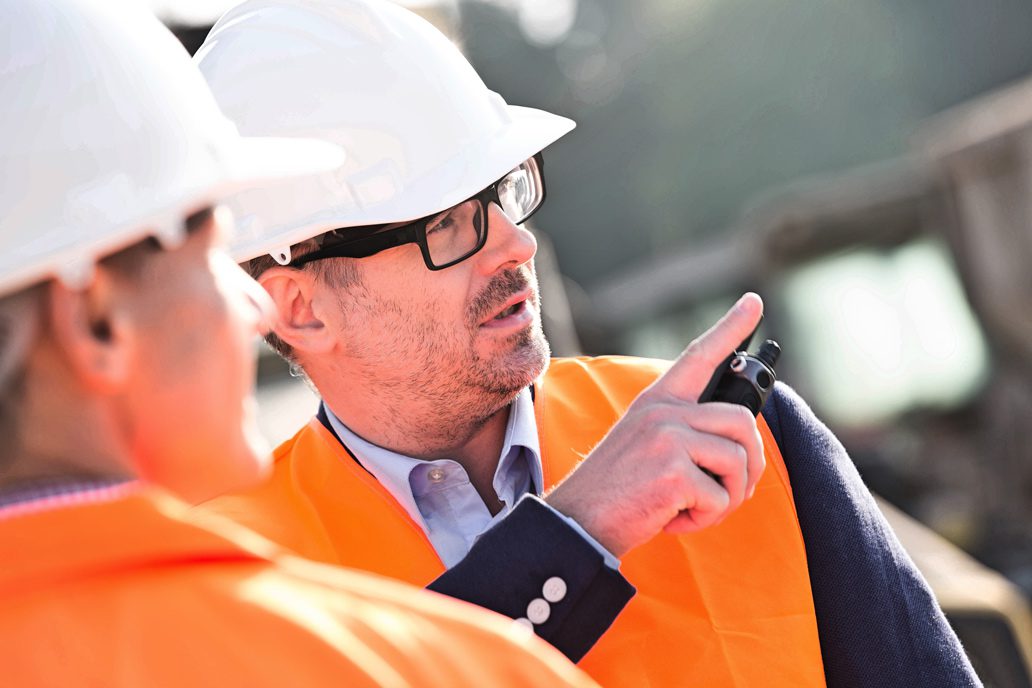
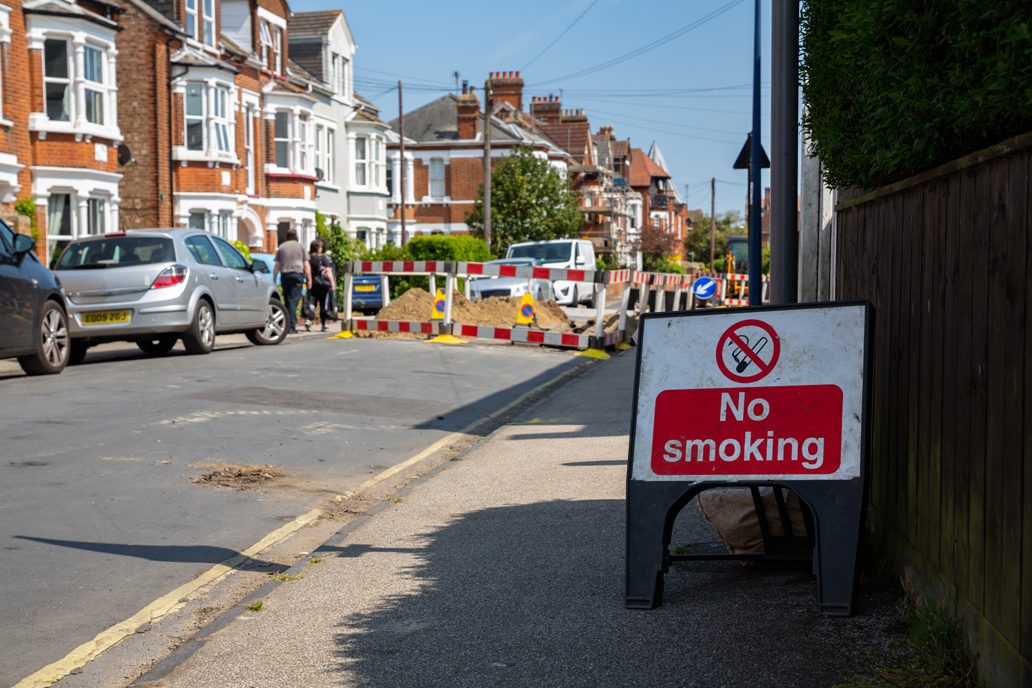
Ensuring environmental protection
Utility detection surveys are crucial in ensuring environmental protection by mitigating potential ecological hazards associated with construction projects.
Accidental damage to underground utilities can lead to pollution, including gas leaks, chemical spills or water source contamination.
By accurately identifying utility locations, contractors and workers can implement preventative measures, reducing environmental risks.
Additionally, avoiding utility damage minimises soil disturbance and disruption to natural ecosystems, preserving the integrity of the surrounding environment.
How CADS can help
Investing in utility detection surveys safeguards your project, resulting in enhanced efficiency, improved safety, significant cost savings and minimised delays.
At CADS, we provide utility detection surveys for project professionals nationwide.
Whether you need a utility detection survey or a variety of services, our experienced team are on hand to advise on the most suitable service for your project.
Get in touch today to find out more.
Get in touch



